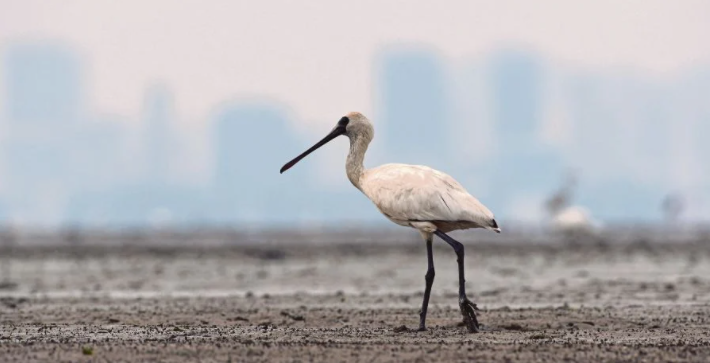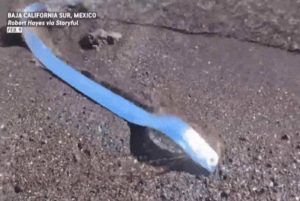
Two globally threatened bird species were seen in mudflats in Penaga, in the Seberang Prai Utara district in Penang, last month.
On Dec 15, a black-faced spoonbill (Platalea minor) was spotted at the river mouth of Sungai Lahar Endin in Penaga, which is in the middle of the Teluk Air Tawar-Kuala Muda Important Bird Area.
It is categorised as endangered as its worldwide population at one time had dropped to about 500 in the 1980s. However, conservation efforts raised its population to about 4,000. It is the second recorded locating in Malaysia, and the first in Penang.
On Dec 27, a pair of globally threatened resident lesser adjutant were spotted. It have not been recorded in this mudflats for nearly 50 years. They had been recorded in Seberang Prai Selatan and Seberang Prai Tengah, presumably from northern Perak, where they are common residents.
Both bird species were spotted by coordinator of the Shorebirds Peninsular Malaysia Projec, Dr Nur Munira Azman and photographed by Mohd Nasir Azizan.
The two sightings prompted Malaysian Nature Society Penang branch chairman Tan Choo Eng to call for the ecosystem of mangroves and mudflats in Seberang Prai Utara to be protected by gazetting it as a permanent forest reserve and a wildlife refuge.
The Seberang Prai City Council councillor said, the state government, with the support of the City Council and the Energy and Natural Resources Ministry, should ensure this ecosystem was protected.
“This area was proposed to be established as a Ramsar site (wetland site designated to be of international importance under the Ramsar Convention). It is under the draft local area plan for Seberang Prai 2030.”
“So it is about time Seberang Prai Utara, especially Penaga, has a United Nations Educational, Scientific and Cultural Organisation (Unesco) designated Ramsar site,” he said yesterday.
There are two internationally recognised sites on the island: George Town Unesco World Heritage Site and Unesco Penang Hill Biosphere Reserve.
Tan said, at least seven globally threatened wader and shorebird species had been recorded in Seberang Prai Utara. It becomes eight species with the addition of this black-faced spoonbill.
The breeding grounds of the black-faced spoonbills are in the Korean Peninsula and northeast China. Their transit and wintering grounds include, eastern and southern China, Hong Kong, Taiwan, Japan and Vietnam.
Tan said during Munira’s initial observation, the spoonbill was foraging as it was believed to have just arrived after its long journey.
Source: Audrey Dermawan (NST.COM.MY)








